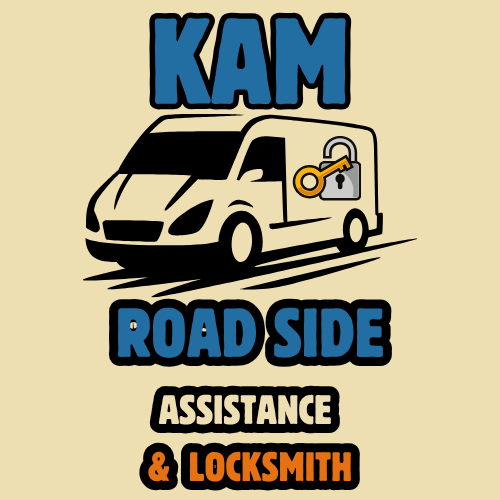Gas or Oil Service

KAM Roadside Assistance - Emergency Gas / Oil Service
Running out of gas can be a stressful and inconvenient experience, especially when you’re far from a gas station or in an unfamiliar area. However, with the right knowledge and preparation, you can get gas roadside assistance quickly and efficiently. This guide will walk you through the steps to take before, during, and after an emergency to ensure you get back on the road as soon as possible. Need emergency fuel delivery?
Preparing for a Roadside Emergency
Preparation is key to handling any roadside emergency efficiently. Start by familiarizing yourself with your vehicle’s fuel system and knowing how far you can drive once the fuel light comes on. Keep a physical map in your car in case your GPS fails, and make a habit of noting the locations of gas stations along your route, especially on long trips. Having an emergency kit in your car, which includes items like a flashlight, water, snacks, and a portable phone charger, can also be very helpful. Regularly check that your spare tire and tools are in good condition, and consider carrying a small, safe, fuel container for emergencies.
Staying Safe While Waiting for Assistance
While waiting for gas roadside assistance, stay with your vehicle unless it’s unsafe to do so. Lock your doors and keep your windows up, especially if you’re in an unfamiliar or isolated area. If you must leave your vehicle, be cautious and aware of your surroundings. Use your hazard lights to remain visible, and if you have reflective triangles or flares, set them up to alert other drivers. Avoid standing directly in the flow of traffic and try to stay as far off the road as possible. Keep your phone charged and handy in case the assistance provider needs to contact you for more details or if there’s a delay.
Immediate Actions When Out of Gas
If you find yourself out of gas, the first step is to ensure your safety. Turn on your hazard lights to alert other drivers and pull over to the side of the road. If you’re on a busy highway, try to move your car to the shoulder or a safe location away from traffic. Once you’re safely parked, assess your surroundings. If you have a nearby gas station within walking distance and it’s safe to do so, you might opt to walk there. However, in most cases, it’s safer and more convenient to call for gas roadside assistance.
After Receiving Assistance
After you receive gas and your vehicle is running again, express your gratitude to the service provider. They’re there to help, and a little appreciation goes a long way. Drive carefully to the nearest gas station and fill up your tank to avoid another emergency. Take a few minutes to check your vehicle’s overall condition; make sure there are no other pressing issues. If you frequently find yourself running low on gas, consider adjusting your habits, such as filling up more often or planning your routes to include more frequent stops at gas stations.
Request Roadside Assistance Technician Today


